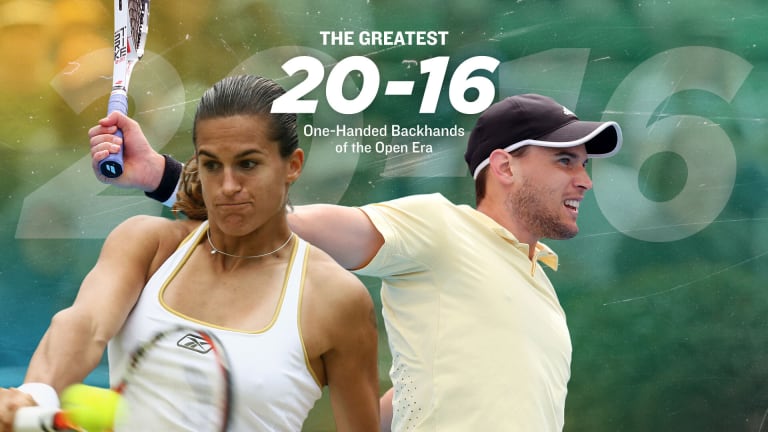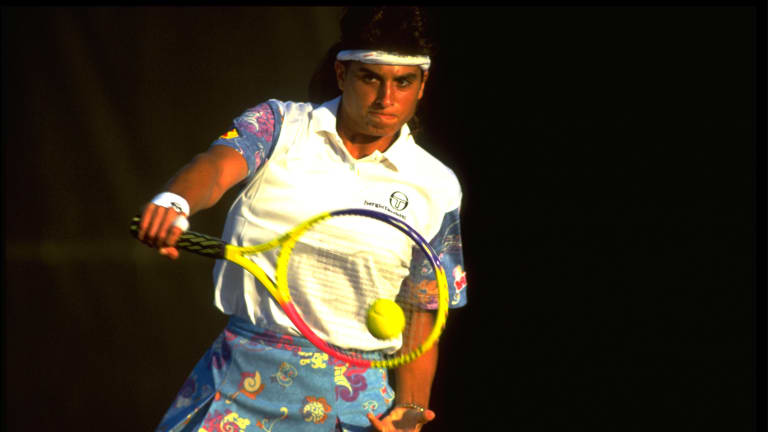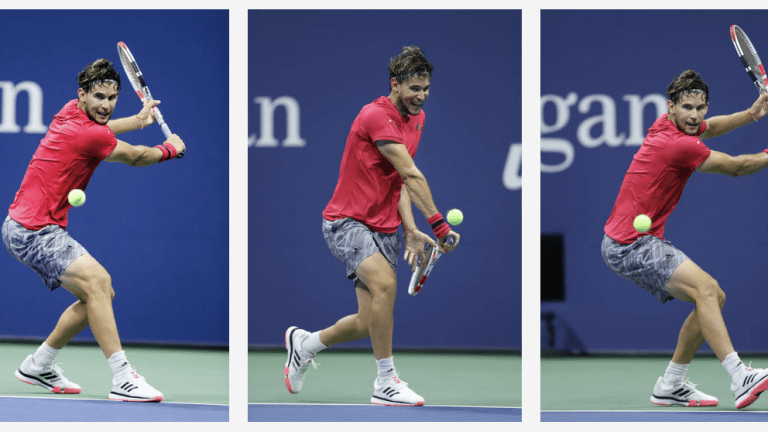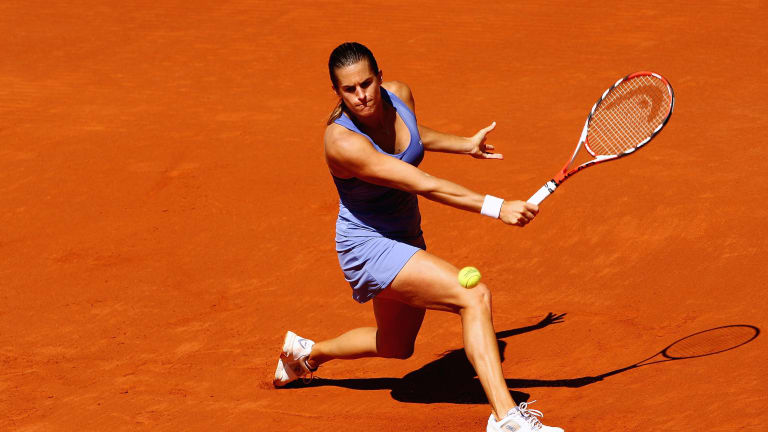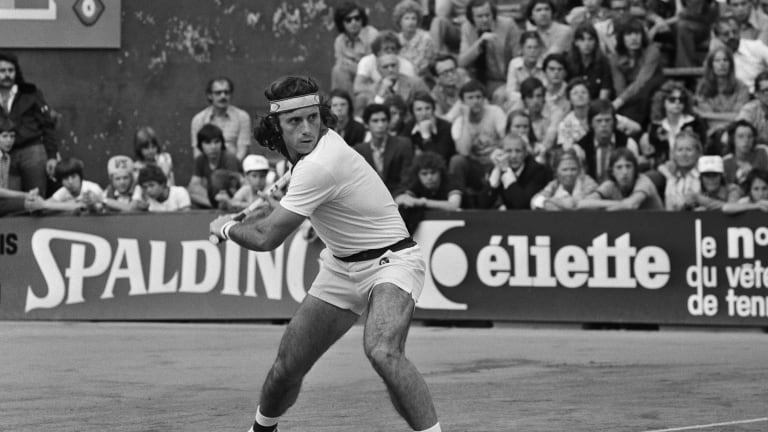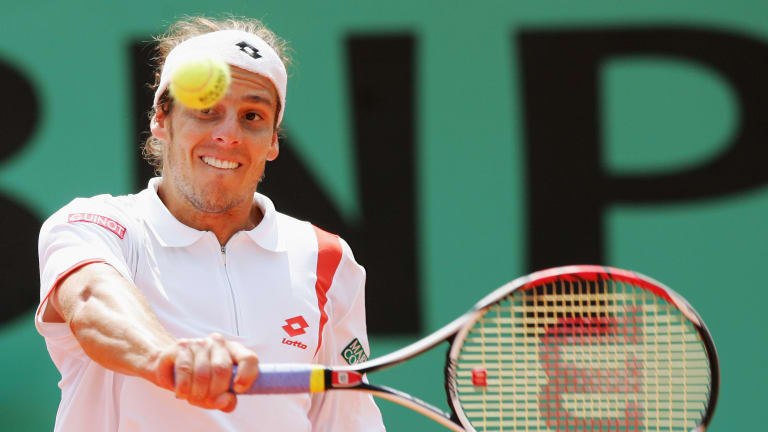In the wake of the news that this week will mark the first in ATP history that no players in the Top 10 possess a one-handed backhand, Tennis.com offers a look back at a 2023 series counting down the 20 most impressive one-handers, and how their combination of beauty and efficiency left their mark on the game.
Absence makes the heart grow fonder, they say. That’s certainly been the case with the one-handed backhand over the past five decades.
At the start of the Open Era, in 1968, virtually every top player had a single-hander. Fifty-five years later, you can count them on, well, one hand. Of the Top 25 men, just three use the shot; of the Top 25 women, none do. But as the one-hander has gradually disappeared, tennis fans’ love for it has only grown.
Part of that is the nostalgia that any vanishing art form will inspire. But part of it is also that the shot has been taken to new heights of skill, spin, pace and beauty by the few pros who are able to make it work today. With its long, low-to-high arc, the modern one-hander has been transformed into the sport’s most expressive shot. But that transformation has also been a matter of survival: In our power-baseline era, you won’t stick around long with a simple slice, the way you could back when everyone rushed the net.
